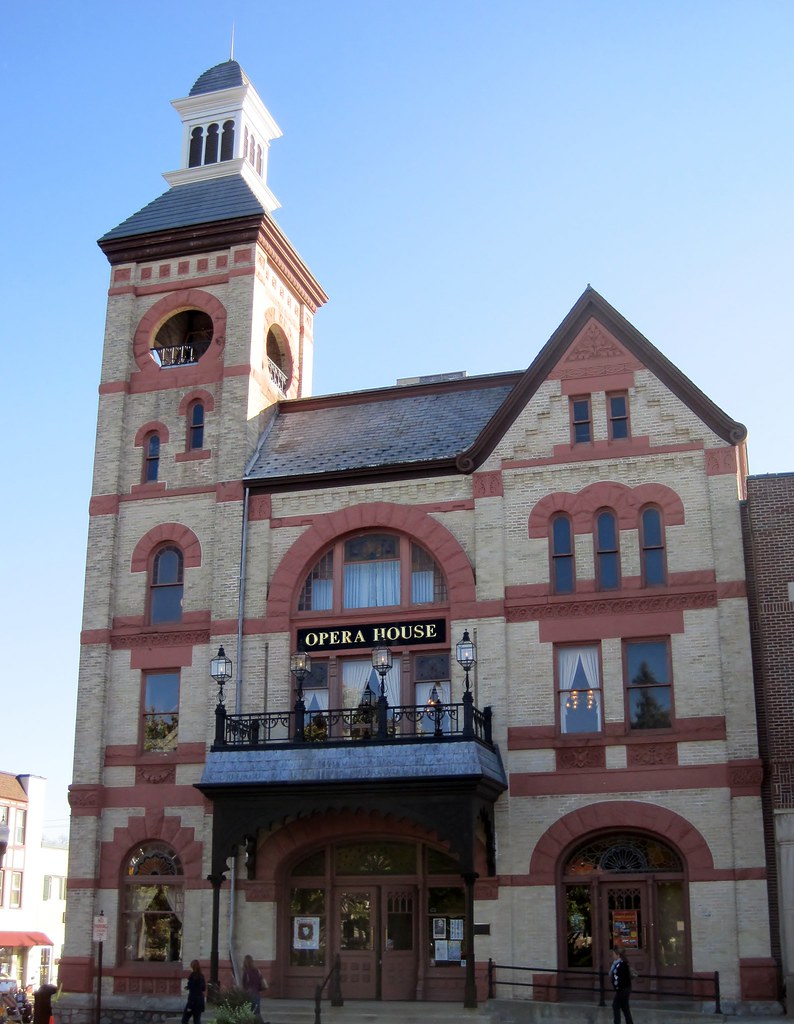 |
| The youthful Orson Welles. |
Today
would have been the 100th birthday of
Orson Welles—writer, producer, director,
actor, scene designer, radio pioneer, raconteur, and polymath extraordinaire. All
of that and, for a time, the husband of the most desirable woman in the world
by actual vote, Rita Hayworth.
Needless
to say, there are celebrations galore in his birthplace, Racine, Wisconsin; Indiana University at Bloomington; and countries around the world. Turner
Classic Movies (TCM), of course, is featuring Welles films every Monday
night for the whole month of May. But
nowhere is the celebration more heartfelt or comprehensive than in self-professed home town, Woodstock, Illinois.
| Promotional art work for the Woodstock Orson Welles Centennial Festival. |
For
the second year in a row the organization Woodstock
Celebrates has assembled a definitive multi-day program featuring the authors of several recently released
studies of Welles and the various facets of his career, screenings of many of his films,
stage performances, a recreation of his famous War of the Worlds broadcast,
and even a program with the fascinating and exotic Oja Kodar, his final leading
lady, collaborator, and life
partner. For details on all of the
programs check out the Orson Welles Centennial Festival web page.
A
few years ago while the local battle to save a key landmark associated with Welles and the history of Woodstock, I
wrote a piece for the blog that
ultimately caused the energetic Kathleen
Spaltro to contact me about helping with her vision of a pair of festivals
celebrating two key anniversaries.
Ultimately due to my hectic work
schedule and already committed volunteer
time, I was unable to be much, if any, help. That’s alright. They did a bang-up job without me.
Here
is a version of that piece lightly edited to reflect subsequent developments.
| Welles--directly under the ground floor window on the left--and school mates in front of Grace Hall at Todd School for Boys in Woodstock. |
Woodstock, Illinois is a county seat town built around a
charming Square about 50 miles
northwest of Chicago. That is in the orbit of the great metropolis,
but far enough away not to be just another suburb. Like a lot of places, maybe your home town, it has a unique
history. Today, I’d like to tell you the
intertwining tales of two historic
buildings.
The Todd School for Boys had been founded by a Methodist minister in 1848 as a seminary for the sons of
the local gentry dissatisfied with
the instruction available at local one-room
school houses. By the dawn of the 20th Century, it was a thriving academy with a liberal
and artistic bent serving the sons
of the wealthy from around the nation.
In 1919-20 Grace Hall was built at the center of the campus as a combination dormitory
and administration building. The 2 ½ story red brick structure was built
in the Prairie Style promulgated by Frank Lloyd Wright with sweeping horizontal lines and broad eaves.
The school closed in 1954. Grace Hall stood until 2010, the sole
remaining building of the old campus, surrounded by the buildings of a retirement home.
The most famous resident of Grace
Hall was Orson Wells, who attended
Todd School from 1926 to 1931. It was
there that the flamboyant young genius first performed in elaborate productions
that ranged from Shakespeare to
original musical reviews. It was
there that he wrote his first scripts,
directed his first plays, and even shot his first film — His second would be Citizen
Kane.
Wells, who had a turbulent,
unconventional childhood, considered Todd School and Woodstock to be his
home. After graduation he often returned
to town to visit his mentor, Headmaster
Roger Hill. He drew on his
experiences at the school and in staging productions at the old City Hall auditorium in his later work, notably the 1946 film The
Stranger.
 |
| The lovingly restored Woodstock Opera House as it looks today. |
Which brings us to our second
historic building. The cream and red
stone building with its Italianate
bell tower dominates Woodstock Square. It was built in 1890 as a combination City Hall, police station and fire
house it included a small second floor theater. In its early years the theater hosted touring
theatrical companies, mostly featuring popular melodramas and comedy staples like Peck’s Bad Boy. An opera
or two and some operettas were also
performed.
City Hall eventually was relocated
to the old high school building, the
police department moved out of the basement and the fire department built a new
station a block away. But the theater
remained in use. After World War II enterprising graduates of Chicago’s Goodman School of Drama
established the Woodstock Players, a
repertory company which staged
ambitious and sophisticated productions on the stage through the early
1950’s. Among the performers who cut
their theatrical teeth there were Shelly Berman, Tom Bossley, Paul Newman,
Geraldine Page, and Lois Nettleton.
But the old building was
deteriorating. Local residents made a
heroic effort to raise funds and refurbished it in 1977. Re-christened as the Woodstock Opera House, the building is now the lively cultural center of the community. It is home to two resident community theater companies—including
one of the oldest continuously operating companies in the nation—and a summer youth theater. It also houses a week-long Mozart Festival every August, and hosts
a variety of special concerts, lectures, and other programs. Together the Opera House and the Square are gems that draw visitors and
tourists from around the country.
In 2012 the stage at the Opera House
was dedicated to Wells and a brass
plaque installed. It was part of the
preliminary run up to the 2014 festival commemorating the 80th anniversary of
the Todd Theater Festival Well’s
debut as a professional stage director.
It will be a focal point of this year’s Centennial Festival as
well.
No comments:
Post a Comment